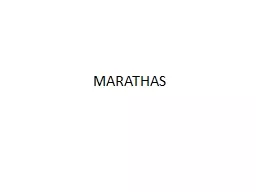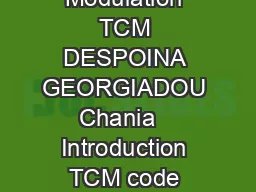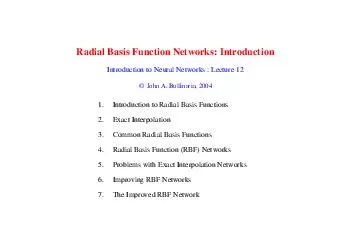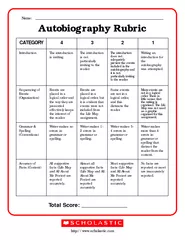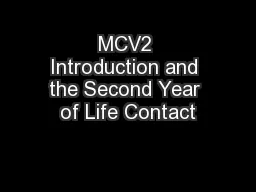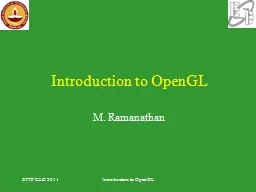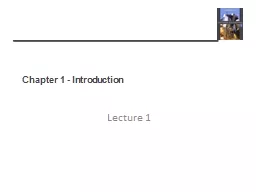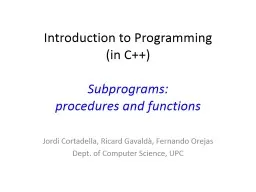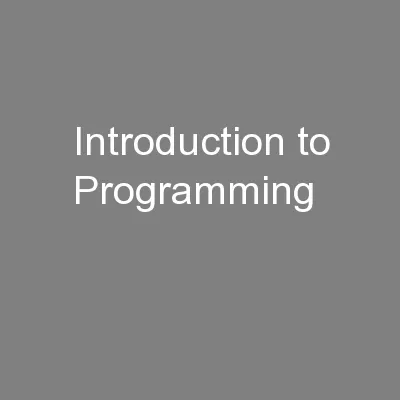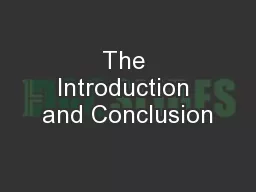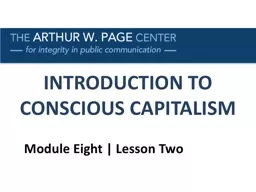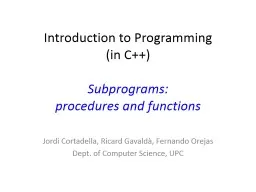PPT-MARATHAS Introduction .
Author : bikershomemaker | Published Date : 2020-07-03
Marathas were emerged in 16 th and 17 th Centuries in India The Mountainous region and dense forests made them brave soldiers and adopt Guerilla tactics They
Presentation Embed Code
Download Presentation
Download Presentation The PPT/PDF document "MARATHAS Introduction ." is the property of its rightful owner. Permission is granted to download and print the materials on this website for personal, non-commercial use only, and to display it on your personal computer provided you do not modify the materials and that you retain all copyright notices contained in the materials. By downloading content from our website, you accept the terms of this agreement.
MARATHAS Introduction .: Transcript
Download Rules Of Document
"MARATHAS Introduction ."The content belongs to its owner. You may download and print it for personal use, without modification, and keep all copyright notices. By downloading, you agree to these terms.
Related Documents

